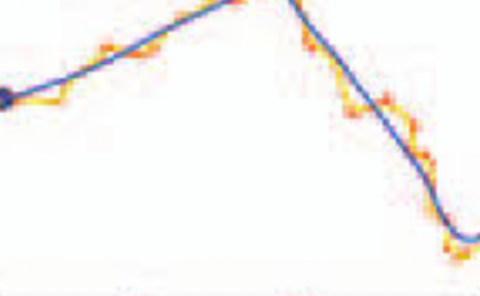Bionic Tracking: Using Eye Tracking to Track Biological Cells in Virtual Reality
PubDate:
Teams: Center for Advanced Systems Understanding;Center for Systems Biology;Max Planck Institute of Molecular Cell Biology and Genetics;University of Idaho;HHMI Janelia Farm Research Campus;Technische Universitat Dresden
Writers: Ulrik Günther, Kyle I.S. Harrington, Raimund Dachselt, Ivo F. Sbalzarini
PDF: Bionic Tracking: Using Eye Tracking to Track Biological Cells in Virtual Reality

Abstract
We present Bionic Tracking, a novel method for solving biological cell tracking problems with eye tracking in virtual reality using commodity hardware. Using gaze data, and especially smooth pursuit eye movements, we are able to track cells in time series of 3D volumetric datasets. The problem of tracking cells is ubiquitous in developmental biology, where large volumetric microscopy datasets are acquired on a daily basis, often comprising hundreds or thousands of time points that span hours or days. The image data, however, is only a means to an end, and scientists are often interested in the reconstruction of cell trajectories and cell lineage trees. Reliably tracking cells in crowded three-dimensional space over many timepoints remains an open problem, and many current approaches rely on tedious manual annotation and curation. In our Bionic Tracking approach, we substitute the usual 2D point-and-click annotation to track cells with eye tracking in a virtual reality headset, where users simply have to follow a cell with their eyes in 3D space in order to track it. We detail the interaction design of our approach and explain the graph-based algorithm used to connect different time points, also taking occlusion and user distraction into account. We demonstrate our cell tracking method using the example of two different biological datasets. Finally, we report on a user study with seven cell tracking experts, demonstrating the benefits of our approach over manual point-and-click tracking.


